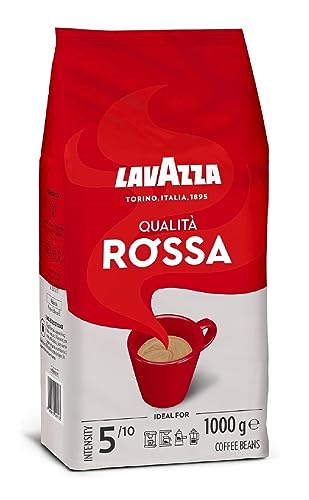Wisdom On Coffee Bean From A Five-Year-Old

Where to Buy Coffee Beans
The most intense flavor comes from buying fresh coffee beans, and grinding them right before making coffee. You can also control the size of the grind, which is not possible when using grinding beans already ground.
If you can, buy locally from a coffee roaster or grocer who specializes in imported coffees of high-quality. By helping small-scale enterprises, you help them to stay afloat, and it makes for better tasting coffee.
1. Find a reputable roaster
The quality of the coffee beans and roasting are both essential to a excellent cup of joe. You can get great beans from a wide range of online coffee roasters. Not all roasters are identical. Some roasters are more focused on selection, while others are more precise and focused on getting the perfect roasted every time. You can learn more about a roaster by examining their packaging as well as their website and reviews.
If you are buying wholesale coffee beans, select a roaster who is committed to sustainable business and ethical practices. This will ensure that your coffee shop is purchasing the highest quality beans in a responsible way. Many coffee shops also wish to buy local roasters in order to support their community.
You can save money by purchasing whole coffee beans and grinding them yourself. This is an easy and effective way to get an improved flavor in your brew. Additionally, you can get rid of the additional cost of shipping costs if you buy from a local roaster who can deliver their products to your area.
2. Buy in smaller amounts
It is important to buy from small batch roasters as they will make sure that the beans you receive are fresh. This is because small batch roasters have the beans in a limited supply and are able to move their beans quickly, so they don't stand around for a long time before- or after roasting. In addition, they can roast at a lower volume to keep from overdoing it.
Look for labels that contain the words "roasted on date" as well (or in lieu of) an expiration date. Some high-end roasters, like Stumptown and Counter Culture, stamp this right on the bag. They will often include information about the beans, including altitude, varietal and the name of the farmer.
Commodity coffee makes up a large portion of the coffee traded in the second wave. It is extensively roasted and is typically roasted dark to hide all sorts of imperfections. This kind of coffee isn't bad, but it's not as delicious as what you can get from a smaller-batch roaster. The coffee usually has more of a lingering taste when it's been in storage for a long time.
3. Buy fresh
Coffee beans are perishable and lose their flavor and aroma once they're roasted. It's best to buy fresh coffee beans from a local or online roaster if you do not have one in your area.

The best method to do this is to look up the 'roasted on' or the 'use by' date on the bag. You can then decide when to buy. To ensure the best flavor and flavor you should use the beans within two weeks of roasting.
It's not easy to determine how beans have sat on the shelves of a grocery store that offers a variety of beans. The majority of grocery stores don't have the facilities required to keep their beans at the same level of freshness as a roaster.
This is because it takes lots of time and money to acquire the proper equipment to keep beans at their freshest. Even even if they invest in proper equipment, they only have a certain amount of beans at any one time.
4. Buy ground
The grocery store coffee aisle is filled with ground and whole bean options from all over the world. While convenience is a key factor whole beans are more appealing for your taste buds.
light roast coffee beans is your responsibility to grind the entire bean coffee before brewing. This allows the subtle flavors and freshness to come through. The majority of beans available in the market are medium grind. This size is suitable for most coffee brewing methods.
After the beans have been roasted, their quality starts to decline rapidly. After roasting, there are holes in the shell which exposes the beans to oxygen. This happens faster if the beans are not completely roasted.
Typically the whole bean grocery store coffee is stale when you bring it home. even the sealed containers at the local shop aren't as fresh than freshly-ground coffee from a trusted roaster. This is due to the fact that when beans are ground for sale the beans lose their delicateness aromas, natural sugar and scents. This is why it's important to buy a week's worth of grounds and store them properly.
5. Buy fair trade
Fair trade is a system whereby coffee farmers receive fair treatment on the market. Fair trade organizations go above and beyond the International Coffee Agreement, which is essential in regulating quotas and maintaining prices.
Fair Trade aims to lift coffee farmers out of the poverty trap and provide an industry sustainable model. In addition to fair prices, fair trade also requires sustainable methods of farming that protect and preserve ecosystems and wildlife. This is not just for farmers but for consumers and the environment.
FLO and Fair Trade USA are primarily concerned with reducing poverty and promoting economic growth by setting a price floor for green coffee beans. They equate that floor to the New York Coffee Exchange price. If the price for commodity (non-specialty coffee) decreases, fair trade prices rise to match it. Additionally, FLO and Fair Trade USA require that farmers work under secure conditions with a reasonable work schedule and a decent wage, and also adopt strategies for sustainability on their land.
